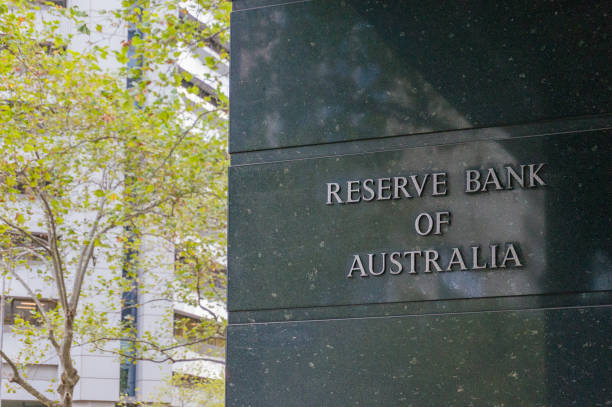John Simon, Macquarie University and Ben Wang, Macquarie University
Powell has so far resisted, but Trump has also threatened to replace him with someone who will do what he asks.
In Australia, after the Reserve Bank’s surprise decision to hold interest rates steady this month, some commentators have wondered if the central bank had “betrayed” Australians. Treasurer Jim Chalmers pointedly remarked:
It’s not the result millions of Australians were hoping for or what the market was expecting.
On Tuesday, the Reserve Bank released the minutes of that controversial policy-setting meeting, which said some economic data was slightly stronger than expected. The majority of the board believed:
lowering the cash rate a third time within the space of four meetings would be unlikely to be consistent with the strategy of easing monetary policy in a cautious and gradual manner.
Can’t rates just be kept low?
Wouldn’t we be better off if central banks kept interest rates low, as some politicians and borrowers were hoping for? It would certainly help those of us with mortgages.
Surprisingly, the answer is no.
We are better off when central banks set interest rates with a view on the longer run rather than just the short-term demands of politicians and borrowers.
To see why we can look at history to see what happens when a central bank isn’t independent.
Why does independence matter?
In the 1970s the chairman of the US Federal Reserve, Arthur Burns, was pressured to cut interest rates in the run-up to the 1972 election. He dutifully did so and, while President Richard Nixon was re-elected, this led to “stagflation” – with inflation, unemployment and even interest rates, higher than before interest rates were cut.
A more recent example of political pressure can be seen in Turkey where the president pressured the central bank to cut interest rates. He hoped to stimulate the economy and believed higher interest rates caused higher inflation.
Unfortunately, lower rates were shortly followed by higher inflation and, ultimately, much higher interest rates.
And today in the US, even though Powell has so far resisted Trump’s pressure, financial markets are shaken and long-term interest rates go up when Trump talks about replacing him.
Lower interest rates can be like a caffeinated energy drink – they give you a short-term energy boost, but can leave you tired, irritable and with a headache when the effects wear off.
So, why does this happen? It’s all about expectations.
Expectations about the future matter
A central bank influences the economy both through what it does and what people expect it to do. The ability to shape expectations is a powerful tool for central banks, especially during crises such as the COVID pandemic, when official interest rates were close to zero.
Imagine, for example, you are about to take out a mortgage. In making this decision you will likely think not just about current interest rates and your ability to make repayments, but what is likely to happen to future interest rates, your wages and inflation.
Credibility is the key to successfully shaping people’s expectations. If a central bank is independent and credible, consumers and businesses will listen to what it says and adjust their expectations accordingly.
The chart below illustrates this point.
Macquarie University’s Business Outlook Scenarios Survey asks businesses if they believe the Reserve Bank will meet its inflation goals. Those that do trust the bank (the line labelled “certain”) have lower inflation expectations than those that don’t (the line labelled “uncertain”).
Importantly, the expectations of those that trust the bank to meet its inflation goals tend to align with the bank’s 2–3% inflation target over the business cycle.
And these expectations affect what businesses and consumers do today.
So, how credible is the Reserve Bank today?
Despite the surprise hold, Australians still trust the RBA
Data from the Business Outlook Scenarios Survey shows the Reserve Bank has rebuilt its credibility since its 2021 “promise” not to raise interest rates until 2024. It has done this by reforming its board structure and membership, being more open and, most critically, by hitting the inflation target.
Indeed, the most recent survey data shows that, if anything, the surprise decision increased people’s confidence in the bank’s ability to control inflation.
In July, the survey was in the field between July 7 and 10. The Reserve Bank made its announcement on July 8. Out of 512 businesses surveyed, 368 completed it before the announcement and 144 completed it after the announcement.
Overall, more than 40% of businesses surveyed were certain the Reserve Bank will achieve its inflation target. This is up from less than 10% a year ago. And, those who completed the survey after the announcement were more likely to trust the Reserve Bank than those that who completed it before the announcement.
So next time you hear politicians and commentators calling for immediate interest rate cuts, you should hope the Reserve Bank ignores those calls and focuses on the longer term. Overseas experience shows things do not end well when politicians start determining interest rates.
John Simon, Adjunct Fellow in Economics, Macquarie University and Ben Wang, Associate Professor of Economics, Macquarie University
This article is republished from The Conversation under a Creative Commons license. Read the original article.






